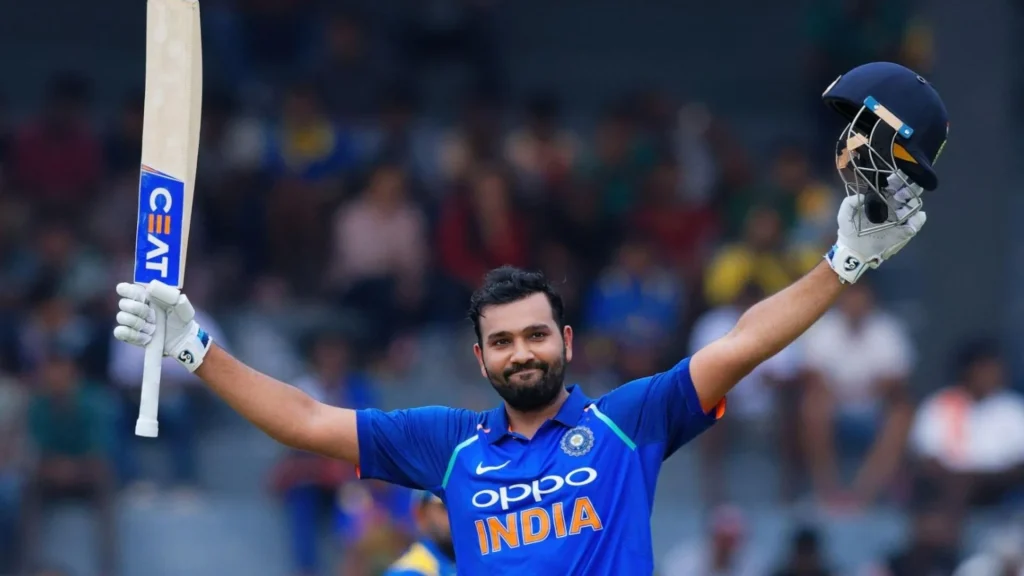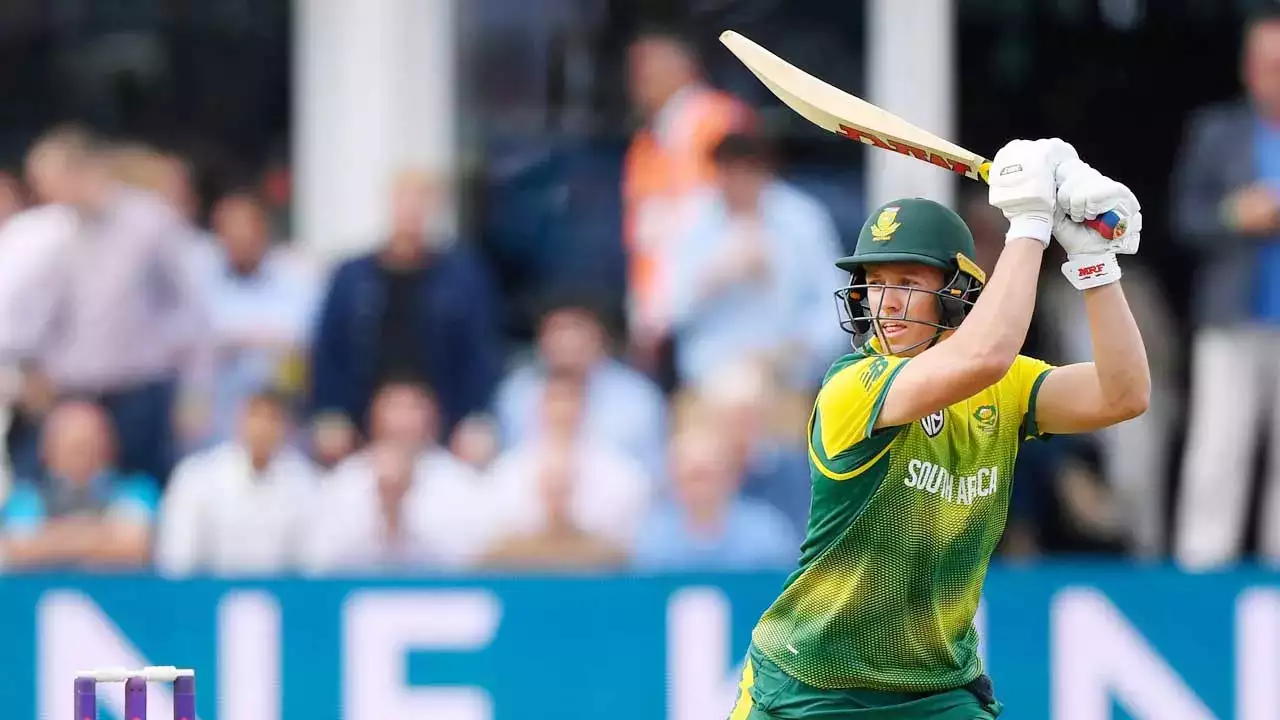Table of Contents
Delving into The Power Play
What is the power play in cricket? This phrase often ignites a curiosity among cricket enthusiasts, whether seasoned players or newcomers. The Power Play is a pivotal period in a cricket match, marked by a unique set of rules to add a thrill to the game.
The Power Play holds a special significance among the array of strategic elements in cricket. It’s a phase that brings a different level of excitement and strategic depth to the game, giving it a unique flavour.
Unlocking the Power Play
Definition and Origin
The Power Play is a crucial phase in cricket, specifically tailored for One Day Internationals (ODIs) and Twenty20 (T20) matches. During the Power Play, the fielding side faces restrictions on where players can be positioned, with only a limited number of fielders allowed outside the 30-yard circle. This unique rule aims to give the batting side more scoring opportunities, making the game lively and engaging.
The Power Play was introduced to invigorate the one-day format, which could sometimes become monotonous, especially during the middle overs. Cricket administrators sought to enhance the spectator experience by injecting this element of strategic complexity, encouraging a more aggressive style of batting and innovative fielding strategies. The Power Play has since become an integral part of ODIs and T20s, adding a fresh layer of tactical depth to cricket.
The Three Faces of Power Play
What is the Power Play in Cricket? Power Play 1
The first phase of the Power Play is perhaps the most crucial. Occurring at the start of the innings, typically the first ten overs in ODIs and the first six in T20s, Power Play 1 sees only two fielders allowed outside the 30-yard circle. This fielding restriction provides a golden opportunity for the batting side to score freely, as fewer fielders guard the boundary.
Common tactics during Power Play 1 include having aggressive batters at the crease who can exploit the fielding restrictions to score big. On the flip side, the fielding team often employs its best bowlers to restrict the scoring and possibly snag some early wickets, setting back the batting side from the get-go.
What is the Power Play in Cricket? Power Play 2
Transitioning from Power Play 1, the second phase allows for more fielders outside the 30-yard circle, usually four in ODIs. This phase lasts until the 40th over in ODIs, providing a longer stretch for teams to strategise. The batting side typically adopts a more conservative approach during this phase, aiming to preserve wickets while keeping a steady run rate.
On the other hand, the fielding side strives to create pressure by slowing down the scoring rate and picking up wickets. The shift from an aggressive to a more balanced play requires adept strategising, making Power Play 2 a phase of measured action and counteraction.
What is the Power Play in Cricket? Power Play 3
The final stretch, Power Play 3, often ignites a flurry of action on the field. In ODIs, it encompasses the last ten overs where up to five fielders are allowed outside the 30-yard circle. With limited overs remaining, the batting side usually ramps up aggression to maximize the scoring rate.
The game’s state often influences the strategies adopted by teams during Power Play 3. A solid foundation earlier on may see the batting side going on a scoring spree, while a precarious position may demand a more cautious approach. Likewise, the fielding team adjusts its tactics, either going for the kill by attacking the batters or defending to preserve a favourable position.
Historical and Current Relevance: Power Play’s Mark on Cricket
Notable Instances of the Power Play
Power Play has been the stage for numerous memorable moments in cricket. One notable instance is the 2015 Cricket World Cup match between South Africa and West Indies, where AB de Villiers showcased a spectacular batting performance during the Power Play, scoring a staggering 162 runs off just 66 balls. His exceptional knock significantly impacted the match outcome, leading South Africa to an immense total and eventually a triumphant victory.
Cricket Players and the Power Play
Over the years, certain players have earned a reputation for their prowess during the Power Play. Players like Rohit Sharma, Aaron Finch, and Martin Guptill are known for exploiting the fielding restrictions and scoring heavily during this phase. On the other hand, bowlers like Mitchell Starc and Trent Boult have been adept at making breakthroughs, often turning the game in their team’s favour.
The power play highlights the skills of the batters and the ingenuity and adaptability of bowlers and fielding sides. It’s a phase where cricket stars can truly shine or falter under pressure.
The Power Play Evolution
The strategies employed during the Power Play have seen significant evolution. Initially, teams often approached it conservatively, preserving wickets for a late onslaught. However, with the advent of T20 cricket, teams have become more aggressive, looking to maximise their scoring in the Power Play, especially in the first phase.
Furthermore, the Power Play has seen the emergence of specialized roles, with certain players now being identified as ‘Power Play specialists’. Whether a bowler with a knack for picking up early wickets or a batter known for their aggressive intent, the Power Play remains a fertile ground for strategic evolution in cricket, making it an ever-intriguing aspect of the game.

Conclusion: What is the Power Play in Cricket?
The Power Play is a strategic hallmark in cricket, embodying the essence of tactical gameplay that this sport is celebrated for. It’s a phase where fielding restrictions become a playground for batters and a challenge for bowlers and fielders, all under the watchful eyes of tactically astute captains.
This unique phase in ODIs and T20s has seen cricketing legends rise to the occasion and witnessed dramatic turns that have left indelible marks on cricket’s rich history. From the aggressive batting displays to the ingenious field placements and bowling strategies, the Power Play encapsulates cricket’s thrilling uncertainties and strategic depths.
How has the Power Play impacted your view of cricket? Or, if you’ve had the chance to play during a Power Play, what was your experience like?
Share your thoughts and experiences in the comments below.

